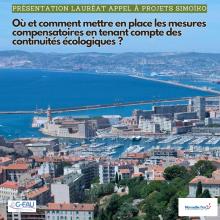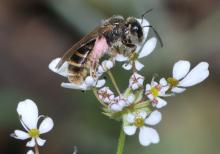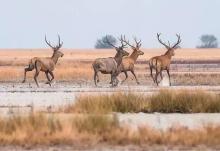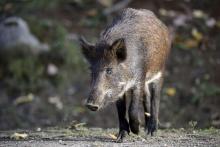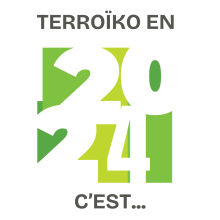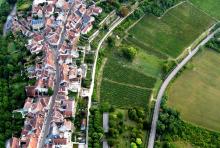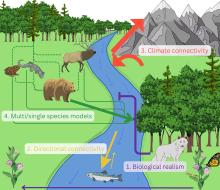Remember! At the end of December, we announced the winners of our call for projects involving the use of our SimOïko software.
Today, we take a closer look at one of the selected projects: that of Jeremie Solere, a CIFRE scholarship doctoral student. The project is jointly led by the Port of Marseille Fos and the UMR G-eau laboratory in Montpellier.
